Will spray foam on basement walls prevent condensation?
Hi we have a new home with a finished basement, last year I noticed condensation on the concrete behind the vapor barrier and insulation while doing a project. I had never noticed any issue prior, no water on the floor and no smells. It was by accident that I noticed it. It is in a corner of our house and after opening up the walls it dried up. I reinsulated and and a new vapour barrier, and left it for the winter. I opened back up and there was condensation again. I opened up the wall and it is dry now. Like I said our basement is finished and I can only check a few spots, and I have only noticed in one corner. I have had the weeping tile scoped and they checked the exterior for cracks with none noted. It's seems it's coming up from the footings ? Would spray foaming the concrete walls, eliminate this issue ?
mike














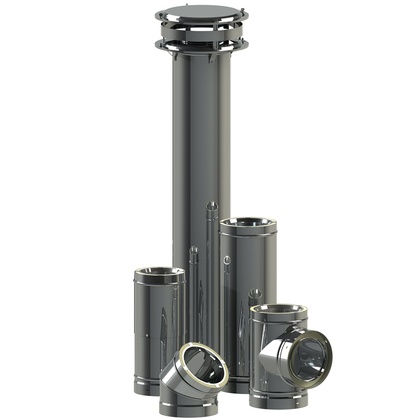

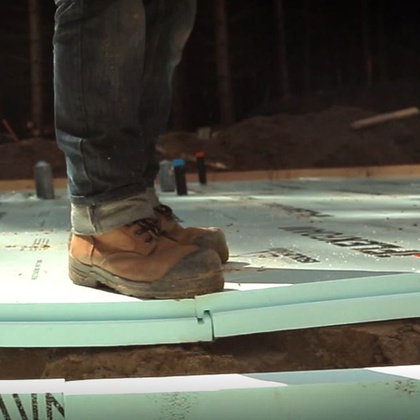
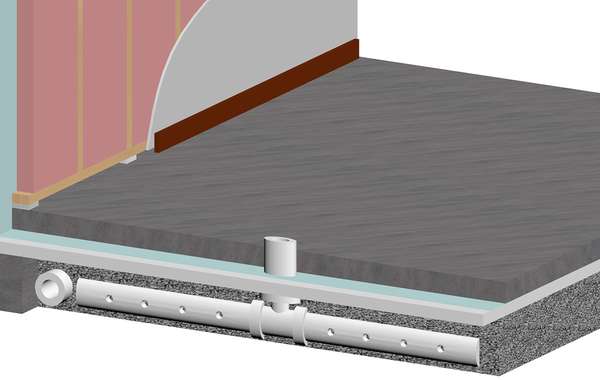
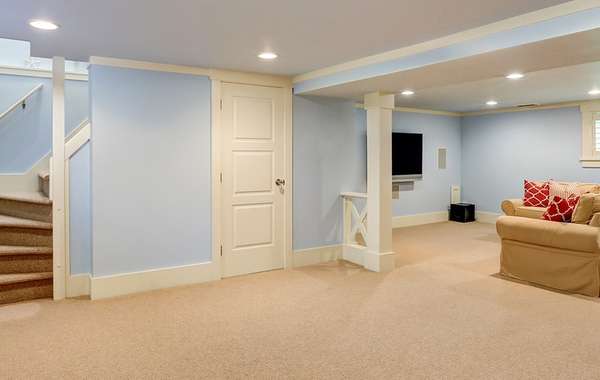
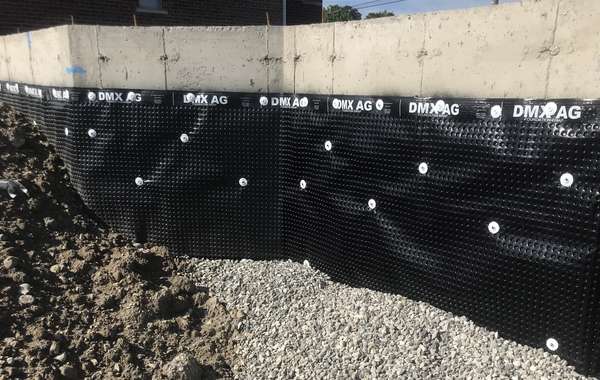
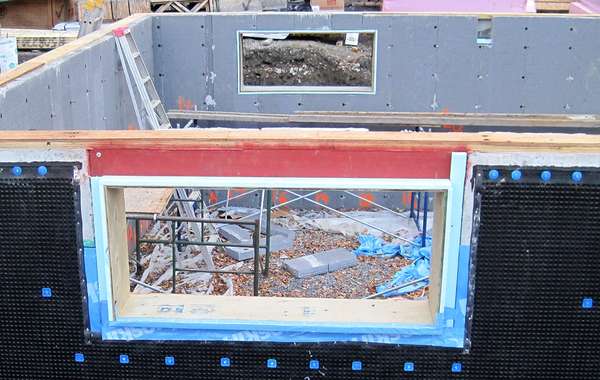
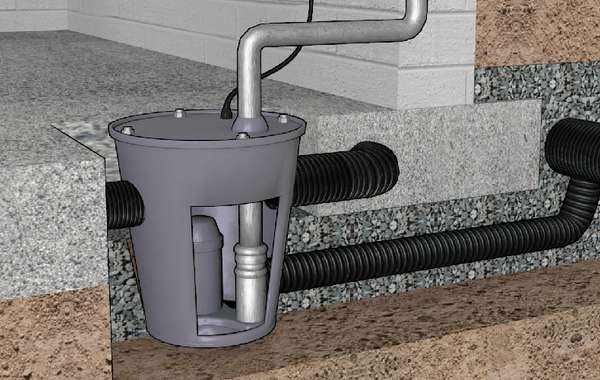
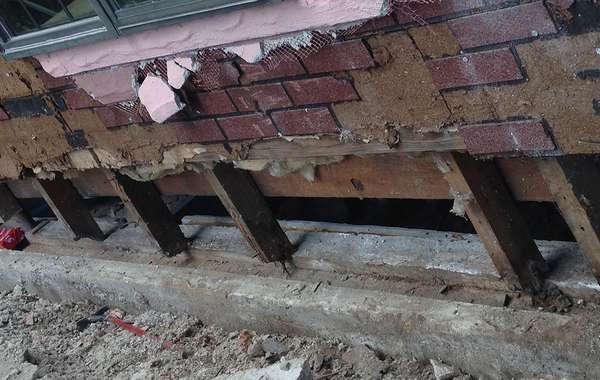
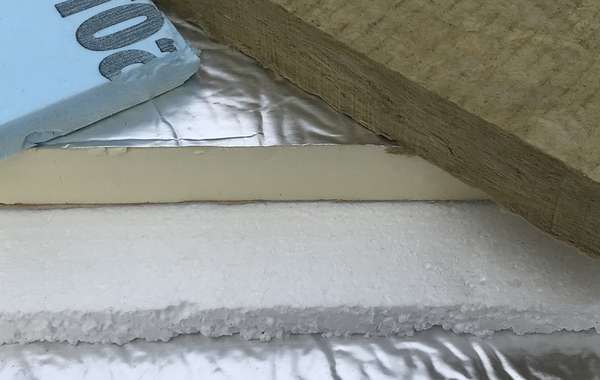
What you noticed points directly at what the problem is, which is the vapour barrier. When you removed it, the moisture was able to escape and be managed easily by a dehumidifier or ventilation equipment (your HRV). And then when you put the vapour barrier back up the condensation formed again. That means the wall is wet, and the vapour barrier is preventing it from drying. Despite it being allowed (and usually insisted upon), putting vapour barriers on basement walls does nothing good, but it does a lot of harm. You can read more here –
Why are Basements Moldy? How to Fix & Prevent Mold in Homes
The short story is that concrete is wet and dirt is wet, so if you put plastic against it, condensation will form. Installing polyethylene vapour barriers is the worst thing you can do in a basement. Putting organic materials such as wood against a wet concrete wall, then covering it with a sheet of plastic will only ever result in one thing – wet, rotten walls. Why this was allowed to go on as long as it did (and still does) is a mystery. We can help with a few solutions, I just have a few questions first -
Are the wood studs directly against the concrete or is there rigid foam insulation behind the stud wall? If not, is there anything there like a tar paper or house wrap? Let me know what’s back there and if the wall assembly is anything other than concrete + wood + fiberglass insulation + vapour barrier + drywall.
Is there a black tar spray on the exterior of the foundation? Is there any membrane on the exterior as well? It would look like this waterproofing basement dimple membrane.
You say it’s a new home, are you the original owners and what year was it built and or bought?
Also, what is your climate zone or closest major city?
It doesn't sound to me like the weeping tile or a high water table is the problem at all, it would be the vapour barrier. I know it sounds wierd since every new house built in Red Deer (and beyond) with a finished basement is likely built the exact same way, but it's an unfortunate truth of modern home construction and finished basements.
And it's not that the builder did anything wrong, they built it according to code. The problem is that vapour barriers are often insisted upon in basement walls when in fact they should be banned, because they just don't make sense according to the laws of physics.
About 20% of mixed concrete is water, and since the ground is also wet, that moisture will migrate to where it is dry, which is to the inside. So the problematic source of moisture is not the humidity in the air like with above grade walls, it's the wet concrete and wet ground. A vapour barrier should be right against the concrete to separate the wood from the moisture, but the way it is usually done seals the wood in WITH the moisture.
Dampproofing the outside is better than nothing but it is not as protective as a real membrane. And, even if there was a membrane you would have the same problem, since your foundation wall still contains a lot of water anyway because it has always been stopped by the poly barrier. That's why you're seeing droplets form. if it were allowed out it can be easily managed by a dehumidifier. You happened to have noticed the problem, but most people don't, they just notice after 10 years or so that the basement starts to smell musty.
So you can either kick that can down the road and forget about it for 10 or 15 years since it's brand new, or you can try to let the moisture escape. Since the poly is behind the drywall there is no easy way to get rid of it, so the only solution other than removing the drywall and poly would entail cutting strips out of the drywall and removing sections of vapour barrier every few feet or so moisture can escape. Sorry to not have better news, but you are not alone. This is the harsh reality of finished basements with interior vapour barriers.